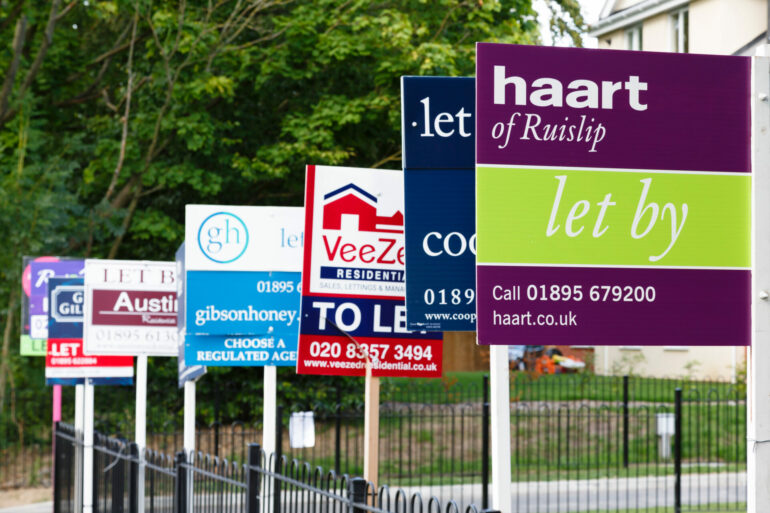More buy-to-let (BTL) investors targeted the Midlands and North of England this year, with 39% of new purchases in these regions, research from Hamptons found.
Hamptons Lettings Index revealed that this share had increased from 34% in 2022 and 24% in 2007.
The shift was driven by higher yields and lower property prices, which helped offset higher Stamp Duty and mortgage costs, according to research.
Research showed that BTL investment slowed overall, with landlords accounting for 10% of homes sold across Great Britain in the first four months of 2025, down from 11% last year.
The data also indicated BTL purchases declined in every region since 2015 except the North East, where landlords bought 28% of homes sold this year.
Wales and London saw the sharpest falls in BTL activity since 2015.
Redcar and Cleveland topped the list for BTL purchases since the Stamp Duty surcharge increased, with investors buying half the homes sold there.
Nine out of the top 10 BTL hotspots were in the Midlands or North.
Additionally, research found that the typical investor in the Midlands and North paid £150,480 for a new BTL, almost half the £292,240 paid by landlords in the South, giving them a Stamp Duty saving of £11,190.
Meanwhile, the share of homes bought by landlords dropped to 6% from 16% in Wales and fell from 16% to 8% in London.
The North East, East Midlands and West Midlands offered yields above the national average.
Eight of the top 10 BTL areas delivered gross yields above 7.1%, with County Durham at 10.2%.
More London-based investors chose to buy outside the capital, with 65% purchasing elsewhere this year, up from 41% a decade ago.
A greater number bought in the Northern regions, as 18% of London investors selected the North, up from 5% 10 years earlier.
Data also showed a record 23% of new BTL purchases achieved double-digit yields, up from 17% last year.
On a typical BTL costing £198,550, each 1% rise in yield brought in an extra £1,985 a year.
In the North East, a landlord would earn £18,400 in annual rent, £7,010 more than in London, although long-term capital growth remained higher in the capital.
Furthermore, Hamptons research revealed that fewer landlords increased rents on renewals last month, with 45% raising the rent, down from 50% last April.
The average rent on a renewal reached £1,257 per month, up 3.7% compared to last year. Rents for new lets rose 1.2% to £1,360.
Tenants who renewed paid £103 less per month than new tenants.
In London, the average rent for new lets dropped 1.4% year-on-year.
Only 23% of landlords in the capital increased the rent on renewal in April, down from 37% last year.
Aneisha Beveridge, head of research at Hamptons, said: “Buy-to-let investment is gradually grinding to a halt in some markets where higher purchase and mortgage costs take their toll.
“However, while new landlord purchases remain well below long-term averages, some investors have been looking further afield for new opportunities.
“One of the main ways landlords are trying to mitigate against higher stamp duty and mortgage costs is by seeking better-yielding and cheaper properties, increasingly in Northern England.”
Beveridge added: “Based on current trends, 2033 will mark the point at which the bulk of buy-to-let purchases are in the Midlands and North of England, rather than the South.
“However, this shift could cost the Treasury £161m or a 12% annual fall in revenue due to investors purchasing cheaper properties that come with lower stamp duty bills.
“This may also have a knock-on impact on rents if supply conditions in the South of England worsen, and where tenants’ finances are already most stretched.”
She said: “However, investors will still find opportunities in the South of England, particularly if rents continue to rise and house prices pick up pace after nearly a decade of stronger capital growth further North.
“Lower interest rates will also help, not only by lowering mortgage costs, but by reducing rates available on savings accounts, which might make buy-to-let look more appealing.”




